|
Following off the heels of the relatively successful Spartan Assault, comes the sequel. In the same way that Spartan Assault set up for Halo 4, Spartan Strike sets up for Halo 5. It does this by showing events from Halo 2 from a different perspective (and effectively explains where the Conduit came from). I felt like the story was told a little better than the previous game. Things flow a lot better and there aren't weird gaps in the story. This improvement actually carries over to the level progression as well. Each chapter of the game feels like its own cohesive package, rather than a cut up mess like the previous entry. Levels follow right after each other and each chapter tells a complete story. For example, if I finish one level where my objective was to acquire a Scorpion tank, the next level would start off with me in the tank exactly where the last level left off. I was really happy with this. The story overall is still mostly simple, but this helps give a bit more direction to the game rather than feeling like a random set of scenarios. Playing off of that, none of the levels really feel the same. There are plenty of fun scenarios and fun vehicles thrown at you, which helps to make the game feel fun throughout the whole experience. At its core, it is still top-down shooter like its predecessor. The concept is simple, and the gameplay takes advantage of the simplicity. The first game did a really good job of adding a very 'Halo' feel to a tried and true genre, and this game continues that tradition. The weapons, abilities, vehicles and enemies feels just like Halo 4. The addition of the Prometheans as an enemy helps to give this game a new dynamic that wasn't present in the original. The Prometheans are some of the most challenging enemies in the series so far, and they did a good job of capturing that challenge in Spartan Strike. There are many minor improvements that were made to the game that help make it play better as well. The aiming is much better, the enemies feel smarter, the scoring system feels fairer and most importantly: there are no micro transactions. All the points are acquired only from gameplay in order to unlock boosts for help when needed. All the same skulls, which serve as difficulty modifiers, are present in the game. My one complaint is that the final chapter requires that you get gold stars in all missions (which requires meeting a certain score per mission). It's not entirely challenging, but it is a little irritating if you're the type of person who would like to just run through a game for the story or just for some quick fun. The game looks good for a mobile game, but doesn't look like an improvement over its predecessor. That's not a complaint though, since it looks nice still. The sound is done well and aesthetically, the game is certainly pleasing as well. With 25 missions, a good amount of level variety, a good level of enemy and arsenal variety and a much improved story, you'd expect the game to be perfect. There are a few glaring problems that prevent this game from standing out as being one of the best top-down shooters out there. First of all, the co-op feature that was present from the first game was completely removed. Even though the co-op was minimal, it was really fun, so it's a huge bummer that this game doesn't contain it at all. As a result of this, the game feels shorter than it should. Another problem is that the game feels significantly easier than the first game overall. Points (for unlocking boosts) are easy to come by now, which makes getting par scores easy. Time isn't even a factor for the score at all anymore. Since the points are so easy to come by, it's hard to be motivated to use skulls to increasing the amount of points you get, whereas in the first game you almost always needed skulls to hit par. The reason for this is that the skulls add to your CR points rather than your level score. My final complaint is that the game isn't available on the Xbox 360 or Xbox One this time around. The Halo community will own one of these consoles, so not releasing a game that mainly caters to Xbox owners seems kind of silly. Speaking of which, accomplishing tasks in Halo: The Master Chief Collection will unlock CR points in this game and completing tasks in this game can unlock things in Master Chief Collection as well. It's a neat benefit. Besides these issues, this is a much improved sequel over the original. If you're into top-down shooters, this is a fun and solid diversion. If you're into Halo, this game is quick and easy, and provides an interesting plot. It does a decent job of feeling unique. To top it off, the controls are responsive and the game is fun, which is ultimately all that matters.
NOTE: This review is done based on the Windows 10 version of this game. I could not find any information stating that any of the versions are any different, so choose your platform of choice and run with it (Windows 8, Windows 10, Windows Phone and iOS). The touch screen controls and playing with a controller both operate beautifully. The keyboard/mouse controls operate better than the previous installment, but is still the least recommended control style. Graphics: GREAT Sound: AMAZING Gameplay: GREAT Value: GOOD OVERALL: GREAT - Teepu (Bowser05)
0 Comments
After Bungie left Microsoft many people wondered if 343 Industries would be able to successfully pick up where they left off with the absolutely wonderful Halo Reach. While there have been some fundamental changes to the formula in order to modernize the series, it has ultimately retained its core themes. You start off the campaign a few years after the ending of Halo 3. It takes place almost exactly where Halo 3 left off (from Master Chief's perspective), as the half of the ship (Forward Unto Dawn) which Chief was slumbering in approaches a mysterious planet. Things kick off right away from the moment he is awoken from cryo sleep. While the campaign has its small moments of adrenaline scenes that are very representative of the direction that modern first-person shooters have taken, it mostly retains the feel and play style of the Halo series as a whole. The campaign has a pretty good variety of levels that really help to create a fun experience. With the Flood gone, the addition of the new Promethean race helps to add a fresh perspective to the gunplay within the series. For example: there are enemies that will teleport; there are enemies that will climb on walls; there are enemies that will summon defenses; there are enemies that will throw grenades back at the player. While none of this will sound particularly new to the genre as a whole, it's certainly new to the series. The Prometheans have been some of my favorite enemies in the genre to face. The campaign, unfortunately, is the shortest in the series. I was able to play through the campaign in about 5-6 hours the first time on Normal. That being said, the little bit of the campaign that is present is extremely fun and paced really well. The story takes a more personal approach to Chief as a character, adding a much needed level of depth to him. On top of that, we finally start to learn about the Forerunners, an ancient race of beings who created the Halo rings. While the race has been referenced a lot, we've never actually met them until now. The story is mostly a setup for the rest of this new trilogy, but it's still well done. While playing through the game, you can find hidden skulls which will allow you to add difficulty modifiers to the game for fun challenges. You can also find hidden terminals which contain backstory on the important past of the humans, Forerunners and Flood. Ultimately the story is a huge step forward for the series, effectively continuing in exactly the direction that most fans were hoping for. As mentioned, the gameplay has had some tweaks that make it play a little different now. Item abilities are back, though many of them are different from the past two games. The pacing of the game is a little faster as well, which will throw off veteran players. A new sprint feature has been added, which helps with mobility significantly. There are many new weapons that change up the gunplay a little, and some minor modifications to how many of the older weapons operate. Within multiplayer, all the old game modes are back. There is nothing really new added to the competitive multiplayer, which is a bit of a bummer. That being said, the new maps are actually designed quite well, and retain the quality of the previous games. There are some redesigned classics along with some new ones as well. The change in pacing may be a bit of a turn off to veterans, but I felt it was a much needed way of keeping the formula fresh. The playlists are all essentially the same as Reach as well. There were many tweaks and upgrades to the overall community features as well, which really made the game more exciting to play online. There are also a lot of customization features, which make an upgraded return from Halo Reach. One missing component that I really enjoyed from previous iterations is Firefight (the wave defense mode from the previous two games). Instead, our replacement to it was an episodic co-op series called Spartan Ops. Each Episode consisted of 5 Missions, with a total of 10 Episodes all together. It takes a very interesting approach. Since this mode is a continuation of the story from the campaign, it really helps give closure to that story as a whole while creating just enough questions to make the next game enticing to play. Each episode starts off with a 5 minute cut scene that sets up the setting then jumps into the missions. The missions progress really slowly from a story perspective. From a campaign perspective, each episode tells about the story of one normal campaign level. Everything feels drawn out merely for the sake of creating fluffed out game play. To top it off, the first 5 episodes (so half of Spartan Ops) feels extremely boring and repetitive. All you do is essentially run from point A to point B while killing all the enemies in the map, which will keep coming in for a bit. At first it's fun but it gets to be too much after a while. From episode 6 until the end, though, there is a much needed level of variety between the missions that increases the fun of Spartan Ops significantly. Unfortunately, most will find it very difficult to trudge through the first half of this mode. Keep in mind each episode will take you about 2 hours to complete (on Normal), so many will find it extremely difficult to trudge through the really boring first half (about 10 hours’ worth) before finally jumping into the fun. The enemies gain new abilities and become harder to kill as you get further into the game too, which is a welcome challenge (though to counter this we aren't given any new tools). The downside to this is that, while you can play the game alone (which I did), it's very clear that the game was completely designed for co-op (up to four players). Most of these firefights will result in tons of deaths and will be extremely frustrating. Luckily, since this is technically a multiplayer mode, you will still respawn rather than start from a previous checkpoint. It was really cool that they decided to extend the story through DLC like this completely for free (it's a very interesting story, too). Spartan Ops was a very ambitious idea that was ultimately only executed effectively when it was too late. It's just too bad that Firefight needed to be taken out to make space for this. Having both modes would have been awesome. Finally, Forge (the map editor) returns also with some upgrades and tweaks, though ultimately retaining the same features and quality from Reach. Besides Spartan Ops and a little bit of modernizing, it doesn't feel like 343 changed up the series too much. There are just enough changes to keep things fresh while still keeping everything as 'Halo' as possible. Of particular note is the high level of artistic design in the game. Everything is really creative and especially beautiful. They really managed to make the most of the Xbox 360 hardware as a sendoff for the console. The sound design is absolutely amazing as well. The music lacks some of the timeless charm of the Bungie made games, but still has some really nice pieces and many nods to previous musical themes. Despite the shortcomings of the game and ambitious ideas (which mostly fall short), Halo 4 is a very good addition to the series which will help alleviate any fears of 343 Industries' ability to uphold the quality of the series. Fans and new players alike would do well to try out this high quality sci-fi first person shooter.
- Teepu (Bowser05) Gameplay: GREAT Sound: GREAT Graphics: PERFECT Value: AMAZING OVERALL: AMAZING Love it or hate it, Final Fantasy VII is one of the most influential RPGs made. It was representative of a huge shift in style and presentation from the 2D to 3D generations for consoles. As a result of this, it should not come as a surprise that it is one of the most beloved console RPGs out there. Fans had been clamoring for a remake of this game since Sony had presented a tech demo to show off the PlayStation 3. Much to fans' delight, it was officially announced as coming to the PlayStation 4 at this year's Electronic Entertainment Expo along with a gorgeous trailer. Since then, Square Enix has been pretty tight-lipped on information. The most information we've been able to glean was that the remake is intended to be exactly that: a complete and entire remake from the ground up (rather than a 3D remaster). It's no secret that Square Enix has said that they personally considered FFVII to be a failure and they didn't accomplish what they set out to do. Imagine if they were able to shoot for those goals with the remake? It bodes well for the remake that they are re-imagining it to their original vision coupled with some modernization. Recently, at the PlayStation Experience, we got a little taste of what to expect. A new trailer was released that showed off some more pretty scenes. More importantly, we got a glimpse of the gameplay. Based on the little we saw, it looks like the combat is going to be more like a combination of FF7, FF12 and FF13. It'll likely still be somewhat turn based (using the ATB system), but in a more free-form and active setting. This is only conjecture, of course, but Square Enix did specify that the combat was going to play out more like an action RPG. This has been controversial to some, but I've always taken a very rigid stance on this: if you want the original then play the original. It's called a remake and a re-imagining, not a remaster, for a reason. To top it off, Square Enix has recently hinted at the game being released in parts, which could be indicative of it possibly being episodic. This has put some up in arms as well. In a recent interview with Famitsu, it was confirmed that the reason for the ‘episodic’ release is to allow the maximum amount of content. Releasing in one complete package always results in cuts, in the same way a movie needs to be edited and cut. On the other hand, in the same way that a television series can turn cut content into new episodes (thus allowing for a fuller story), an episodic game can allow for much more content to make it into the game. That’s the goal with Final Fantasy VII Remake. Square Enix has had a very long time to plan this out, and it's clear that they're not taking any shortcuts. They're going to do their best to deliver the best product they can to fulfill the vision they feel like the game should always have been. I've never been a big fan of the original, but I'm extremely excited about the prospect of this remake, which speaks very highly of what they’ve presented thus far. While we wait for the remake to release (we don't have an official release date yet), the Steam re-release of Final Fantasy VII has just been released for purchase on the PlayStation 4, with trophy support and added features which will help players enjoy the game however they like. The Final Fantasy VII remake is only officially releasing on the PlayStation 4 thus far. Let's hope this ends up being as good as it looks. -Teepu (Bowser05) Official Game Site: http://ffvii-remake.square-enix.com/ Official Famitsu Interview: http://www.famitsu.com/news/201512/07094721.html Original Teaser Trailer PSX 2015 Trailer Sony’s second annual Playstation Experience came to San Francisco. Attendees at the event got opportunities to test out many games still in development, compete in tournaments, test out Sony’s new virtual reality headsets, partake in photo ops, as well as collect a bunch of free video game goodies. Held in San Francisco’s Moscone Center West, the convention took place on three floors. The first two floors had all the different gaming booths, while the top floor was dedicated for the opening keynote Saturday morning, followed by various panels throughout the day, and a Capcom tournament on Sunday. The second floor also had a livecast stage where interviews and gameplays took place while being filmed and broadcasted live for those who could not attend. All of the livecasts, panels, and debut trailers from the event can also be viewed on the official Playstation YouTube channel right now. Since gamers really enjoy accomplishing challenges and unlocking rewards (such as trophies in Playstation games), the Playstation Experience offered a unique check-in rewards program. Attendees who registered with their Playstation screen name had badges that could be scanned at each booth to check-in. Different check-ins rewarded small bonuses such as avatars or free DLC for the game at that booth, or even a $10 PSN voucher. In addition, there were also collectable trading cards offered throughout the convention. Just like the difficulty tiers of trophies on Playstaion, more common bronze trophies could be received simply by checking in at certain booths or testing out a game. However, more rare platinum cards had harder requirements, such as getting top of the leaderboard on your team or beating a set high score. The Playstation Experience pamphlet did warn that the cards are very limited, so even if you completed all the challenges, it is not a guarantee that you will be able to receive the card if they have run out. The convention was an 18+ event and there was a sports bar serving beer (themed after the playstation game MLB the Show, filled with trophies all against the wall). In addition to the posters, Playstation beanie and t-shirt, it was really nice to see that hand sanitizer was included in the complimentary goodie bag that was given to all attendees. Especially at an even focused on touching controllers that have been handled by so many different people throughout the day; this was a nice addition that more conventions should consider to help prevent “con plague.” Overall, the Playstaion Experience was a great weekend for passionate gamers to play and collect a bunch of video game freebies and merchandise. -Tom Kiryu Music, the universal language. While people notice different things when they play video games, one of the first things to pop out to me is the music. It is one of the most effective ways to convey emotions. In fact, there are some games that rely almost completely on music to make the player more immersed. Music is not something to take for granted, so here is a list of my five favorite video game composers. 5. David Wise 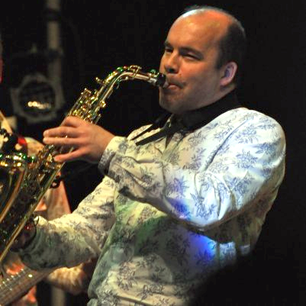 This man has a very large number of titles he's worked on, but the reason that he hits this list for me is the Donkey Kong Country series. The music in that series has always been fantastic, moody and catchy in all the right ways for the type of platformer that DKC was. I honestly haven't heard his work from a lot of his older games. From the SNES era and on though, I'm totally familiar. He also did Battletoads, Star Fox Adventures and Diddy Kong Racing which all have fantastic scores. Maybe it's just nostalgia speaking for me in the case of David Wise, but the DKC series stands to have some of the best music in gaming for me. I especially like the way he manages to intertwine a level of silliness into the music while maintaining a very exciting feeling that doesn’t pull you away from the experience, but rather brings you further into it. He even came back to the DKC series again to do Donkey Kong Country: Tropical Freeze (he was not involved in Donkey Kong Country Returns). 4. Team Blizzard 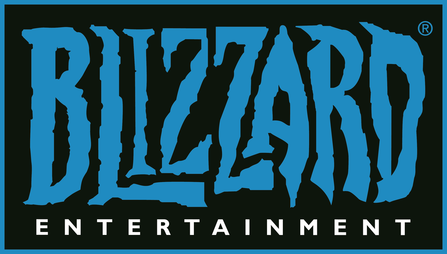 ©Blizzard Entertainment, Inc. ©Blizzard Entertainment, Inc. I'm sorry, but I couldn't just pick one specific composer for #4, because I just wouldn't be doing them all justice otherwise. These guys are the ones responsible for the music from Blizzard (I like to refer to these composers as ‘Team Blizzard’). This includes the Diablo series, Warcraft series and StarCraft series. Since I'm not too familiar with Diablo, I won't include that in my assessment here. While I’ll admit that StarCraft 1 felt a bit juvenile and too dependent on traditional sci-fi nods, the rest of the games they've done I find to have beautifully crafted music. There is nothing more challenging than creating tunes you know people will listen to for hours and hours. That's the way real-time strategy games work though. Each race or faction will cycle through a handful of tunes, and most players usually pick one race/faction as their mainstay. That being said, I can't even begin to tell you the number of times I've heard the Orc, Undead and Zerg songs throughout my life. Each track is appropriately made to represent the theme of the race, while pulling you in in just the right ways. When I'm playing as the Zerg, the combination of the sounds and music help me FEEL like I want to act as a Zerg would. There are very specific sounds and styles that are used that make you feel like you are part of a hive mind, almost an insect-like monster race. That's something special. To top it off, they managed to take the music to a whole new level with Warcraft 3 and StarCraft 2, offering extremely epic and emotional pieces that really made the campaigns a lot more meaningful. Last, but not least, let's not forget about the brilliant work that has been put into World of Warcraft. They manage to pull a large variety of themes to fit all the different situations and areas of the game, and frankly speaking...the music in WoW does not get old. While I wouldn’t necessarily praise Heroes of the Storm, the very catchy and comfort of the music in Hearthstone certainly works as well. These guys deserve every bit of praise they can get. NOTE: The main composers behind Blizzard’s music are: Russell Brower, Neal Acree, Clint Bajakian, Glenn Stafford, Jason Hayes and Derek Duke. With so many, that’s why I didn’t include a picture of each of them. My apologies. 3. Martin O'Donnell |
Search
Contributors◆ Angie
◆ Emily ◆ J.D. ◆ Janette ◆ JT ◆ Manuel ◆ Nestor ◆ Rose ◆ Sylvia ◆ Teepu ◆ Tiffany ◆ Winfield Archives
May 2025
|
© 2014-2025 A-to-J Connections. All Rights Reserved.

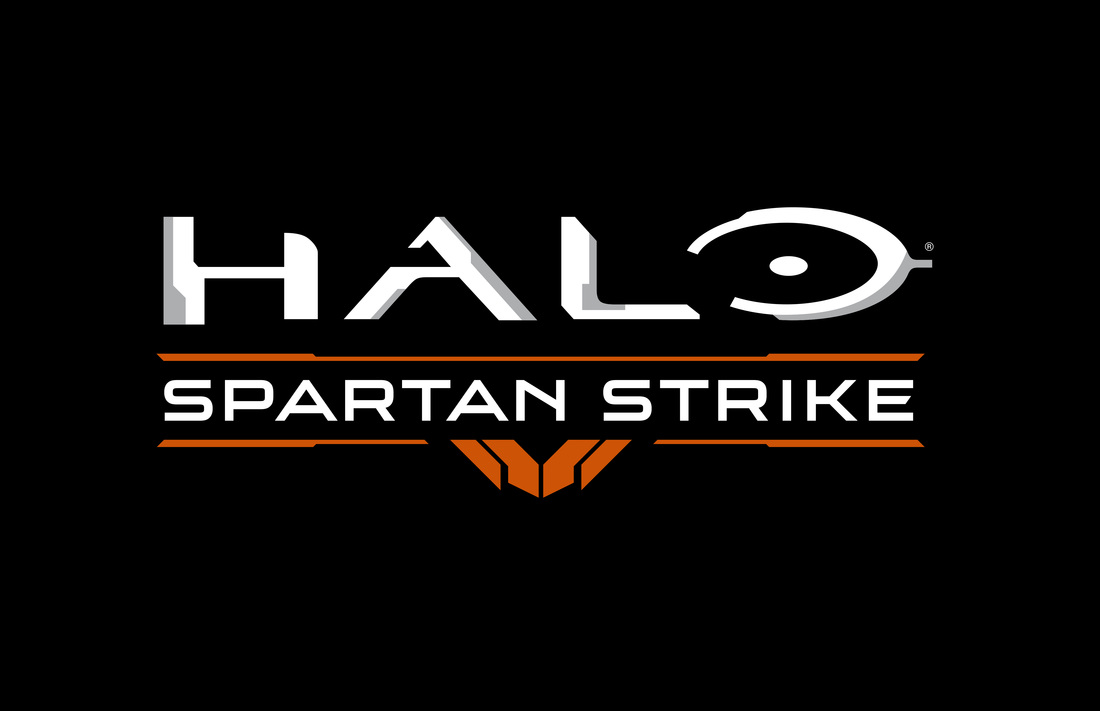
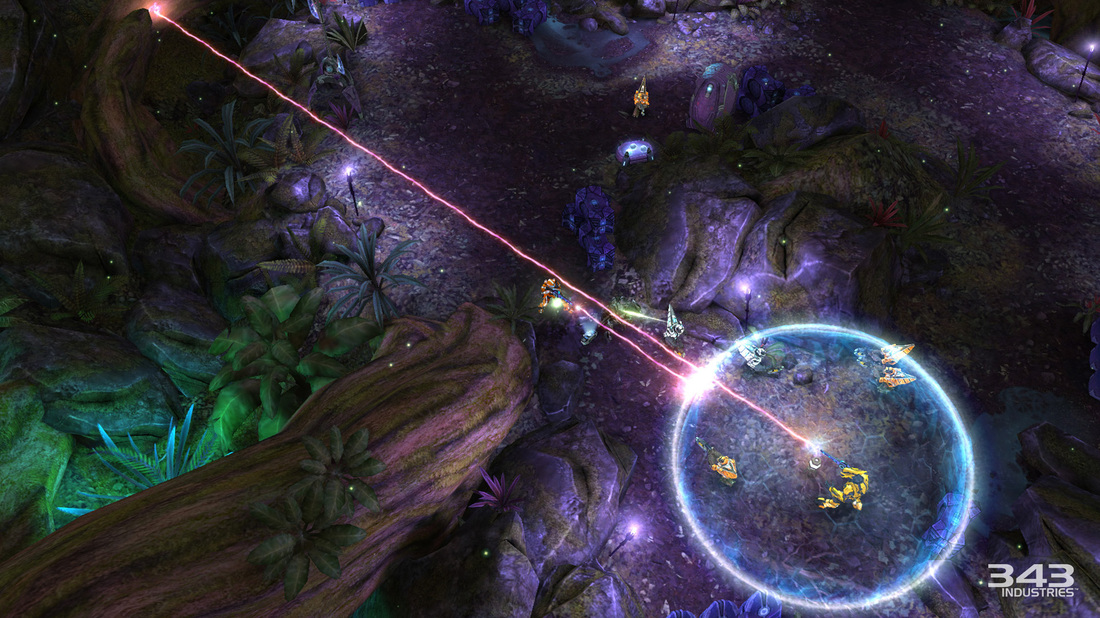
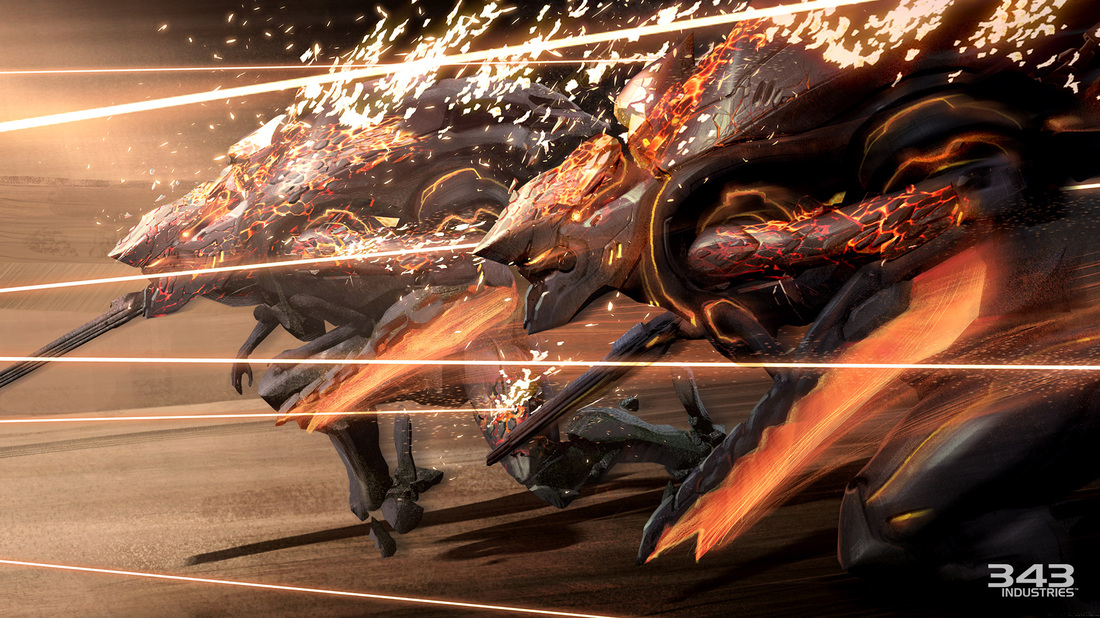


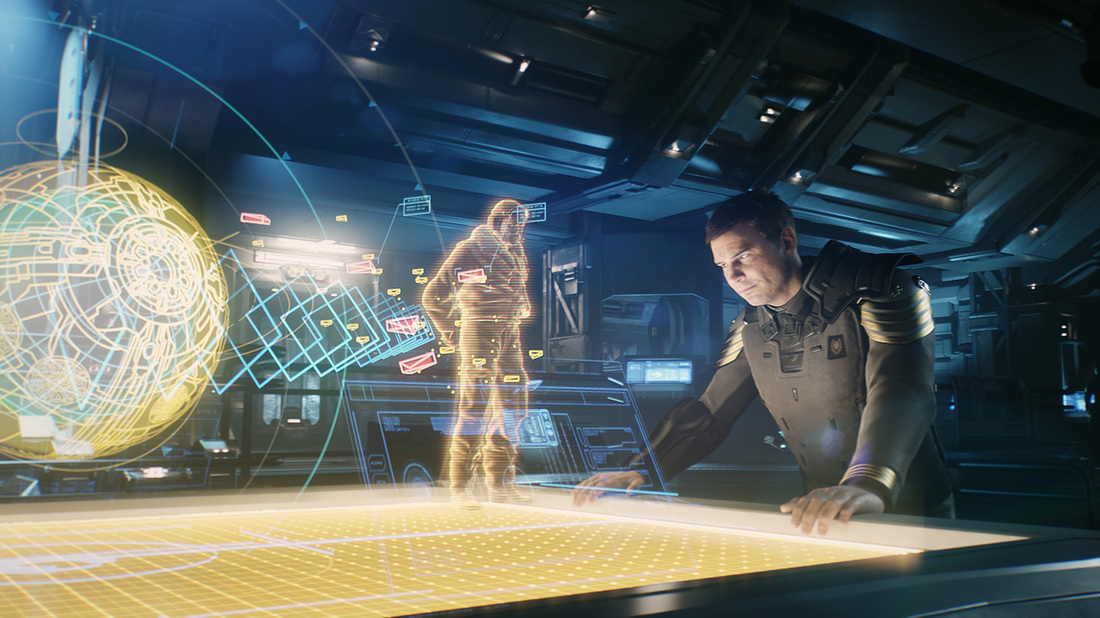
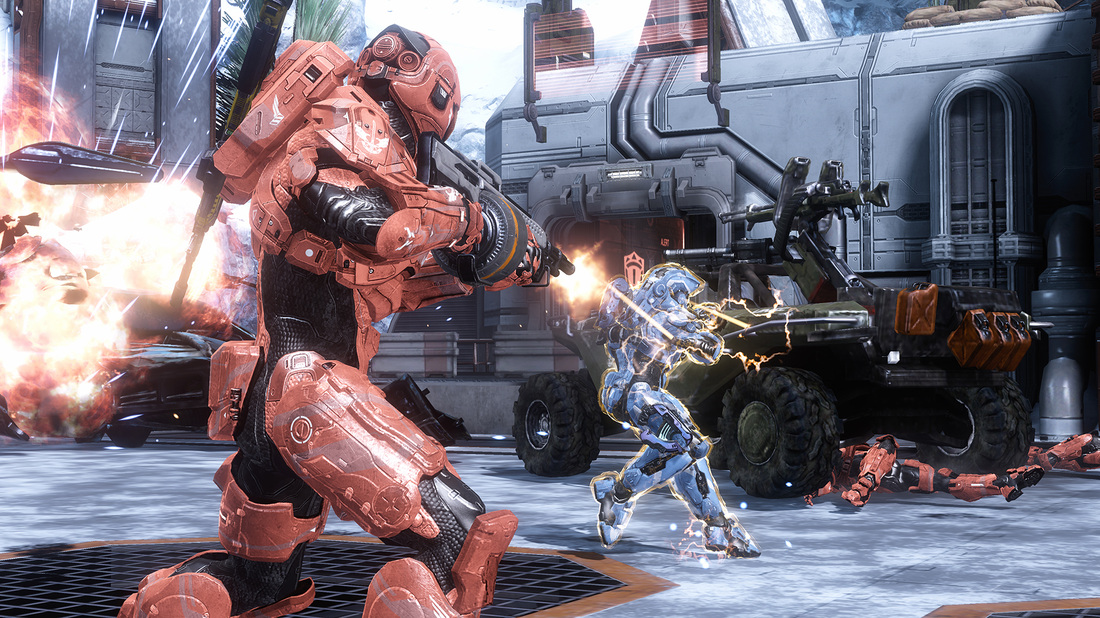
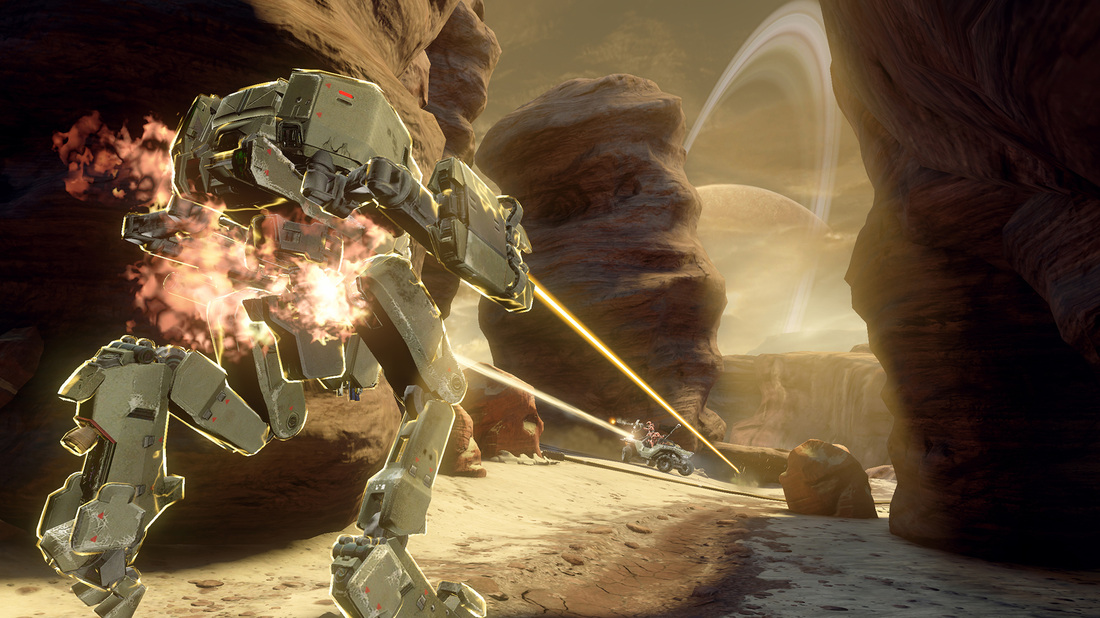
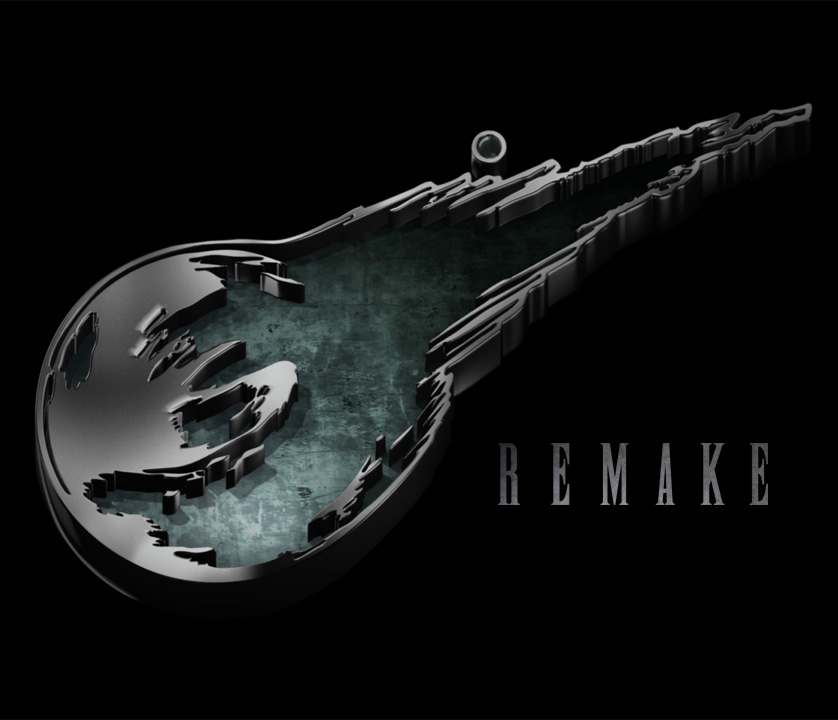
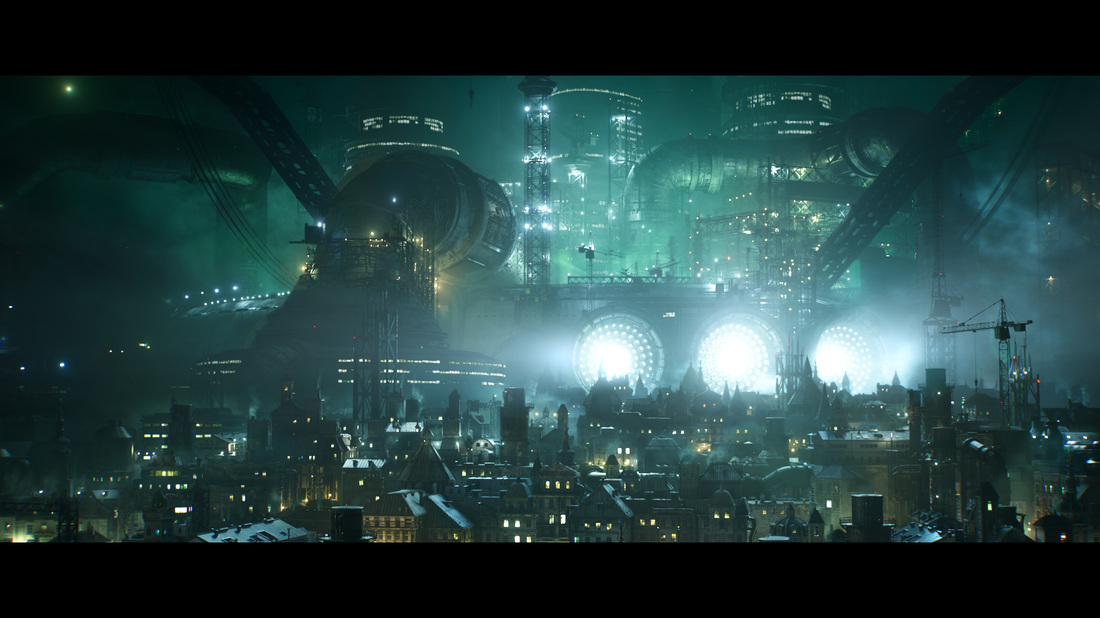


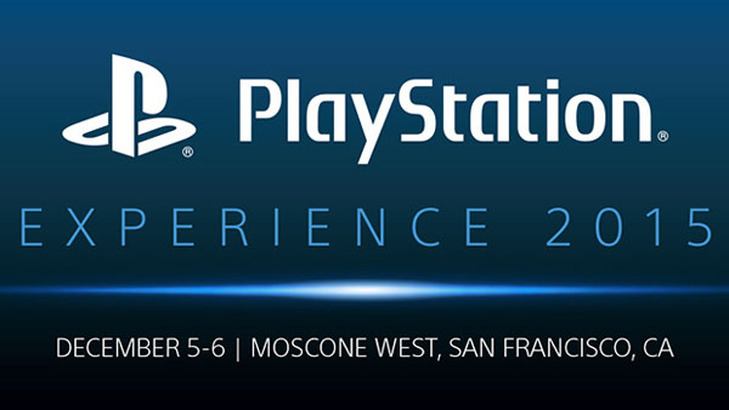
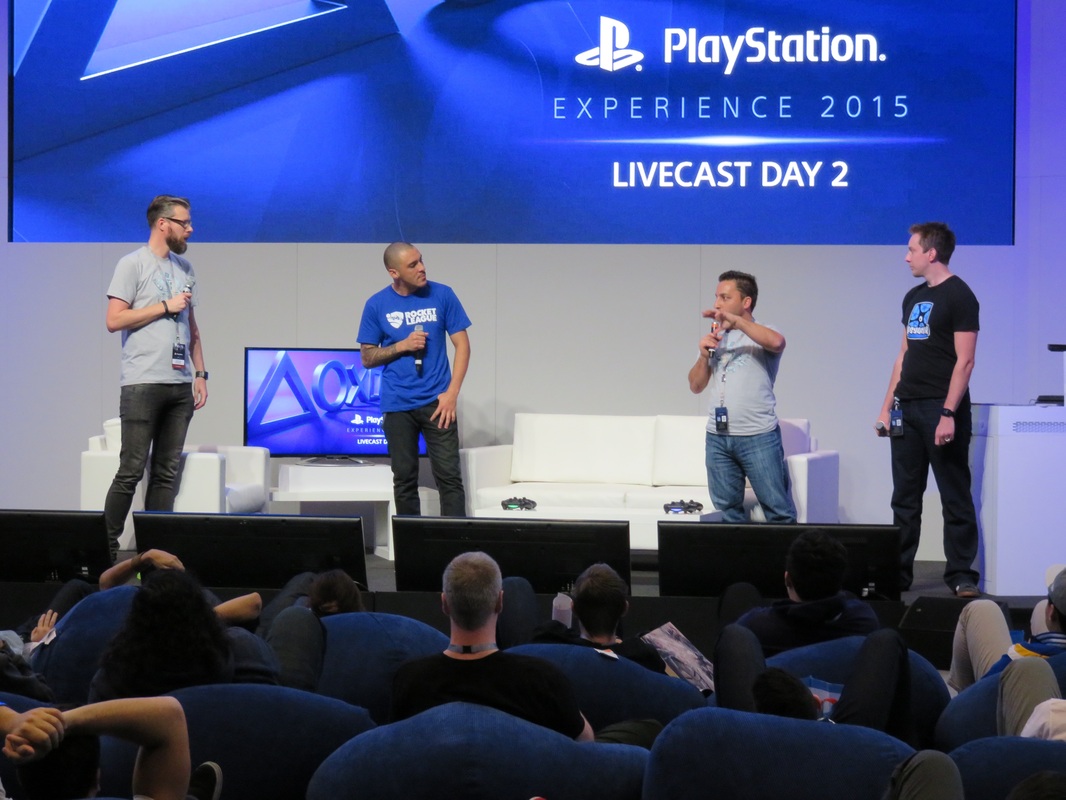

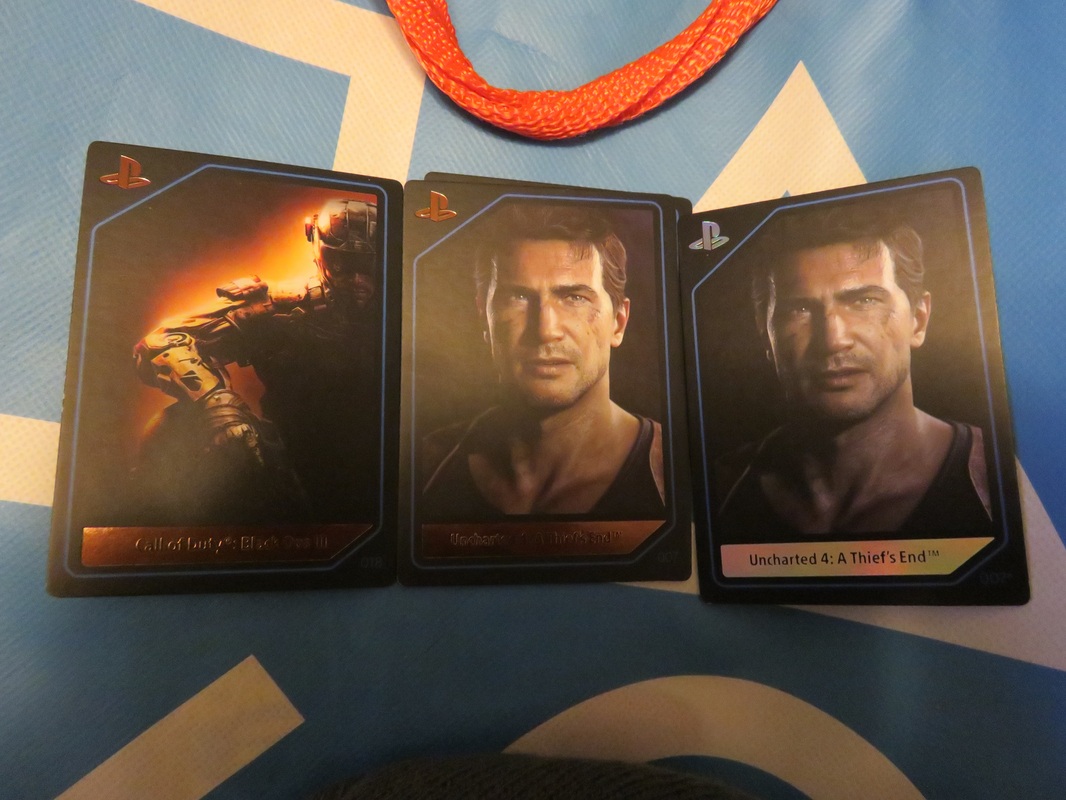
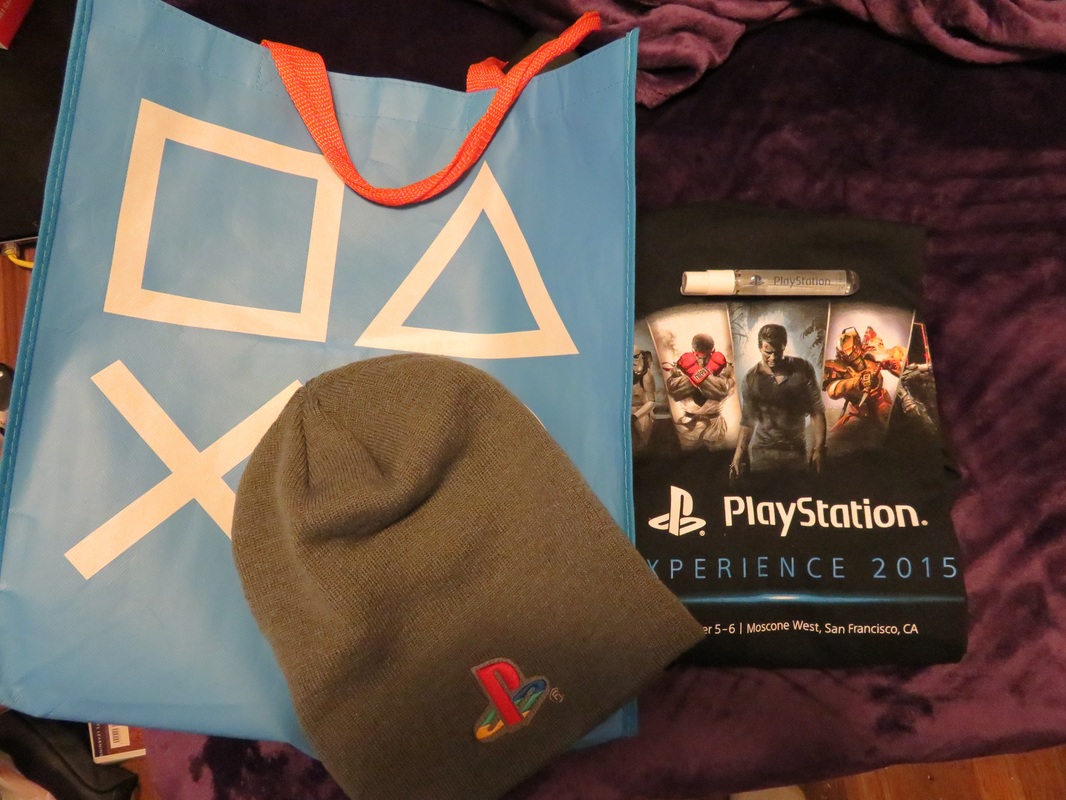
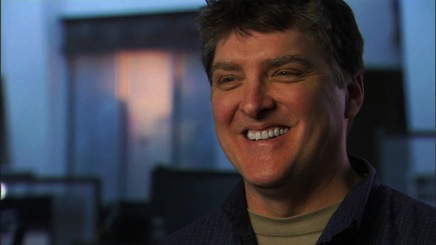

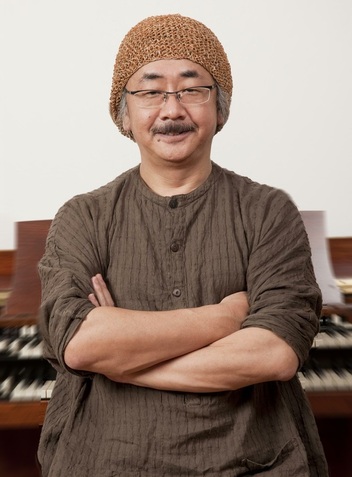

 RSS Feed
RSS Feed